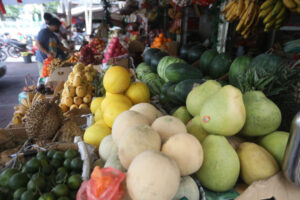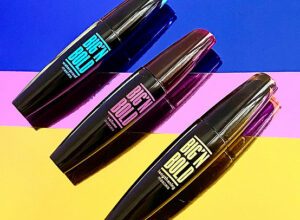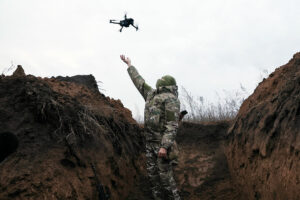Volkswagen Tharu: Return to form

By Dylan Afuang
A GROUP of young boys — about five or six years of age and living in the Chosen Children Village — giddily flocked to our Volkswagen Tharu SEL press cars, and exclaimed oohs and aahs upon seeing the cars’ shiny paint and fancy cabins.
Following the fairly recent local introduction of the Tharu, the press sampled the model through a day trip from Manila to Cavite. We rode and drove the capable and comfortable Tharu along highways and byways. We also visited and donated goods to the aforementioned small community that cares for orphaned boys and girls with special needs.
Based on initial favorable impressions from us and the children, things are looking good for Volkswagen’s global crossover model. The vehicle finely justifies its price premium over its Japanese and Chinese contemporaries in the local compact crossover sector. It also quite proves that global VWs possess excellent quality, like any other offering from the brand.
Volkswagen Philippines, operated by the Ayala-led AC Motors, sources the local-market Tharu units from China — where the model was developed and is being currently retailed as well. Alongside the T-Cross, the company sells the Tharu in 300 TSI DSG SE (P1.808 million) and 300 TSI DSG SEL (P1.945 million) variants.
The compact Tharu slots above the subcompact T-Cross and alongside the Tiguan in the German car maker’s global portfolio. Like the former, Volkswagen retails the Tharu outside European markets. Aside from China, the Tharu is also made in Brazil and is sold in North and South America, and Russia where it bears the Taos name.
The Tharu’s European connection and premium quality is most apparent in how it rides and drives.
The ride remains unperturbed even when the car is driven spiritedly or over road imperfections. Outside and engine noise barely permeates into the cabin. Like many German vehicles, this car’s ride and handling dynamics feel buttoned-down and the cabin gives an impression of solidity.
Both the SE and SEL are powered by a turbocharged 1.5-liter, four-cylinder engine dishing out 160ps and 250Nm. This is paired to a seven-speed DSG, dual-clutch transmission that drives the front wheels. Similar to a few products from the VW Group, the engine performs strongly and effortlessly and the transmission seamlessly swaps one gear for another.
The vehicle has more attractive attributes. With crisp body lines and a wide grille that blends into the IQ Light LED headlamps, the crossover’s exterior is certainly reminiscent of the much-admired, European-centric Volkswagen models sold here in the past.
The car also sports 18-inch alloy wheels with a split-spoke design, and at the rear, an illuminated VW badge and LED tail light assembly that spans the vehicle’s width — design details that are influenced by Volkswagen’s ID battery electric vehicles.
As VW Philippines Chief Operating Officer Joshua Altarejos explained before, the Tharu’s styling previews the brand’s BEVs that the company could introduce here in the near future.
Moving inside, shutting the doors is accompanied by a solid thunk, a sound we recall hearing in past VWs. The quality and feel of the materials on the leather seats, dashboard, and door panels are also comparable to those found in more German premium marques. A moonroof adds to the premium ambience.
Steering wheel and climate controls are of the touch-sensitive type, and most of the vehicle’s wealth of tech is accessed through the 12-inch center screen. Physical buttons may trump these for user-friendliness, but at least there’s generous space for the crossover’s five passengers. Cargo space is expansive, too, measuring from 455 to 1,543 liters.
Truly, the Tharu is capable, classy, and lives up to its badge. But would local consumers, who have a strong affinity for seven-seat vehicles, choose the five-seat Tharu over three-rowed alternatives of similar price? That remains to be seen.




